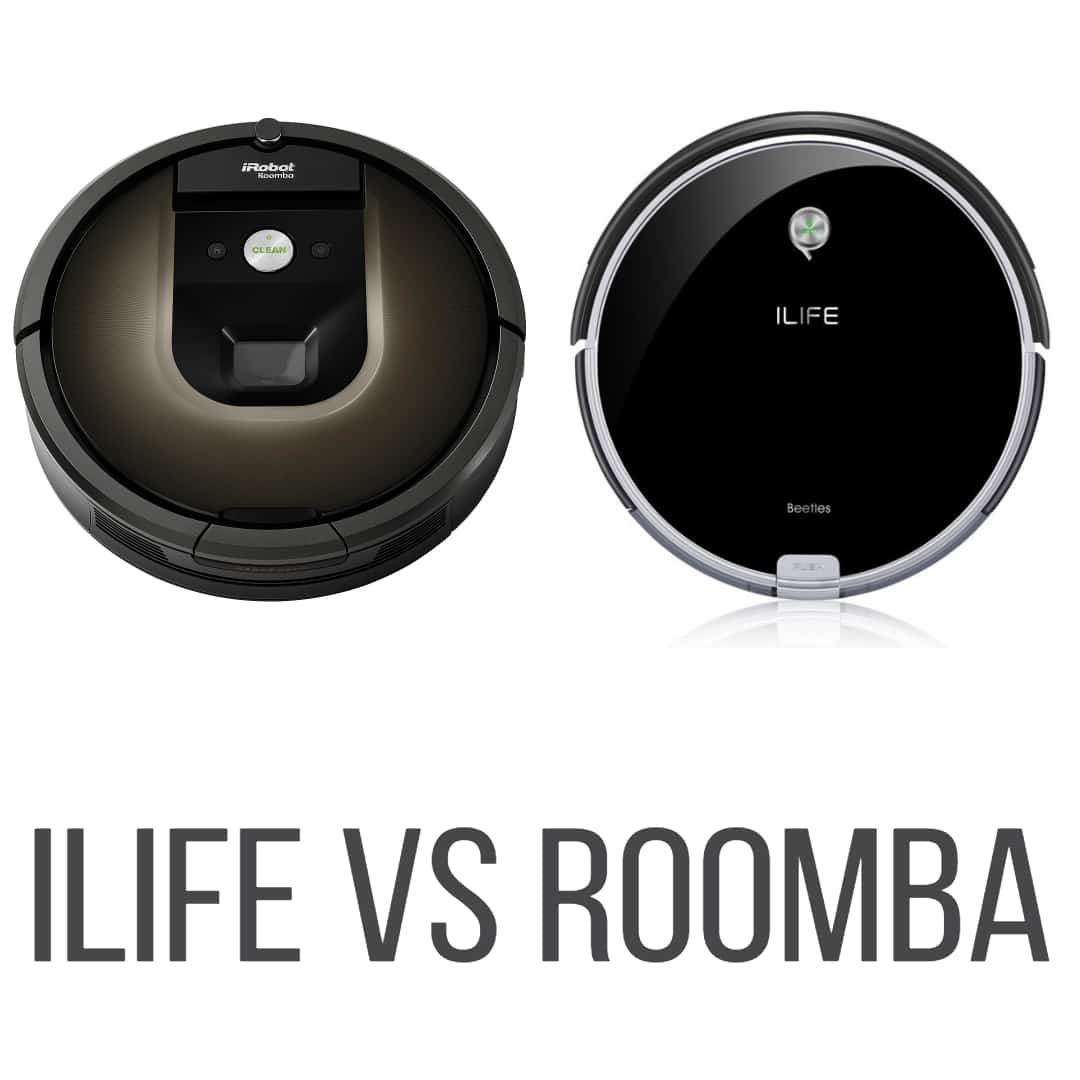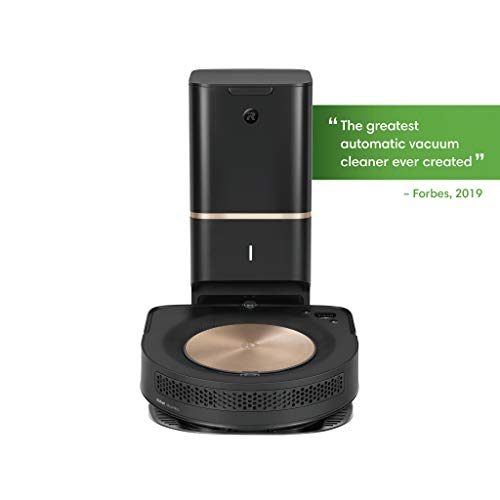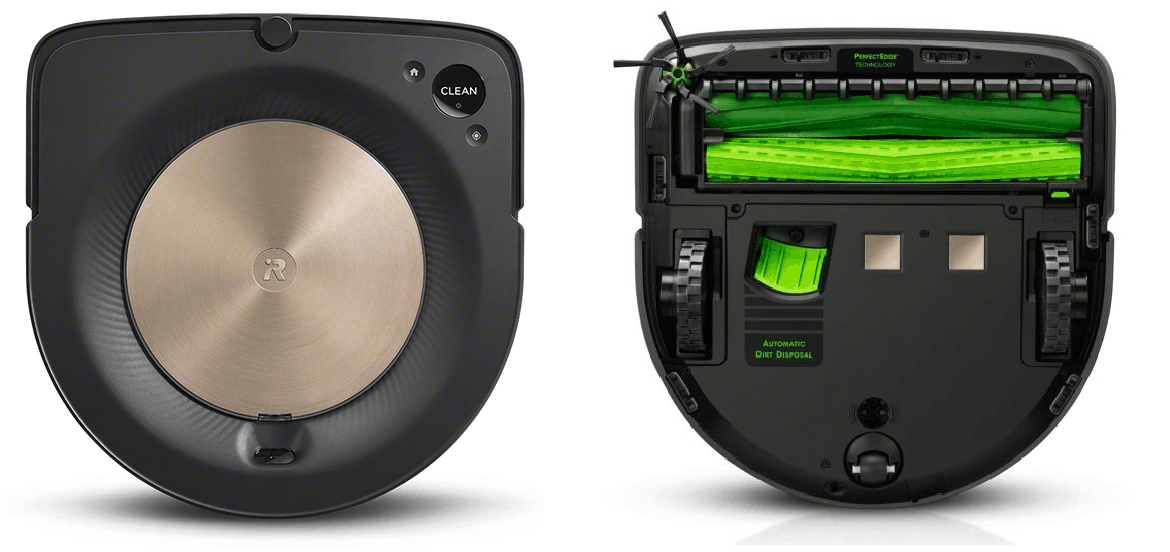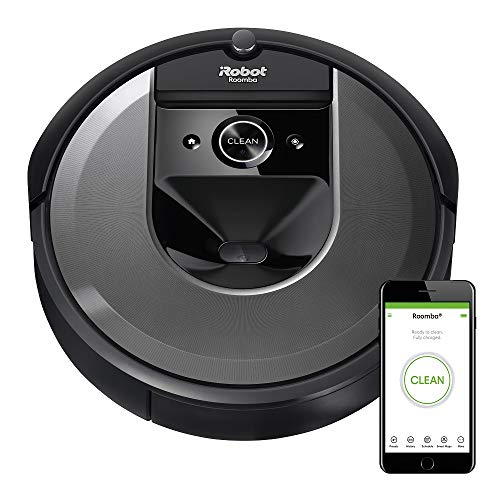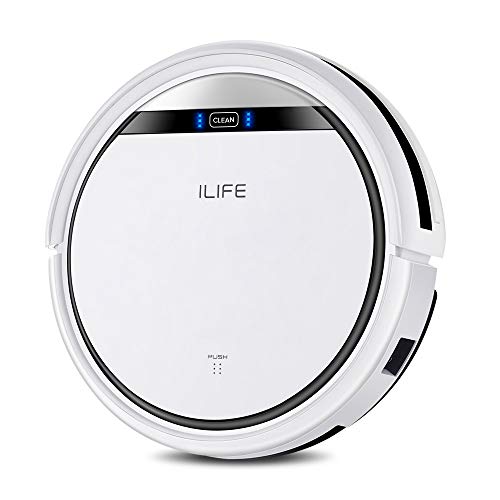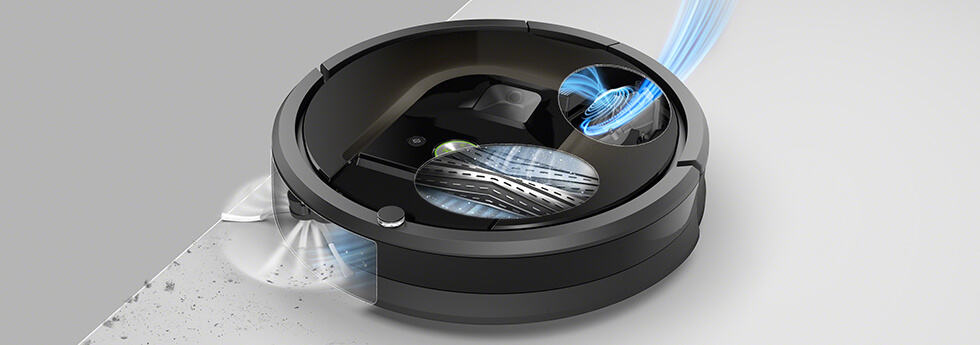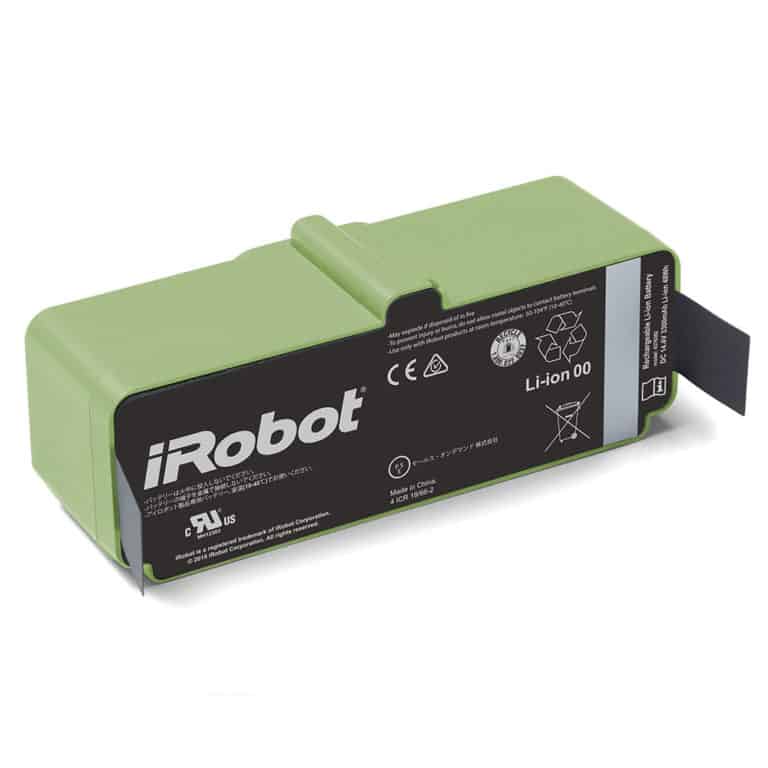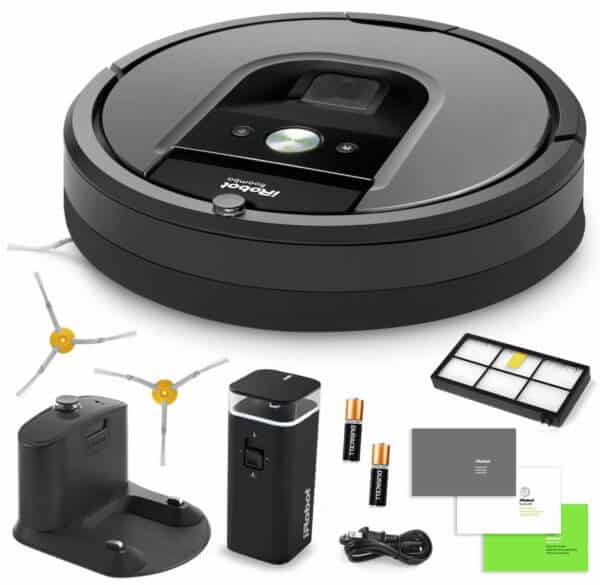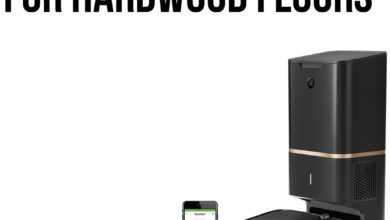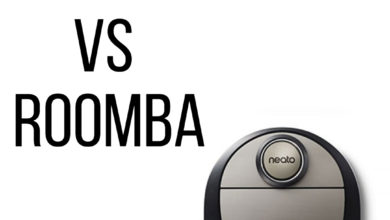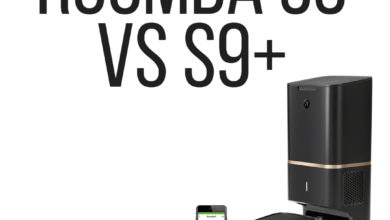iLife vs Roomba: Which brand is better?
Despite all looking almost identical, robot vacuums come in all kinds of budget ranges. If your starting out and comes across endless brands such as Roomba, Neato or Shark Ion, it can be confusing to understand what the differences are between them. This article features and compares iLife vs Roomba, two well-known names with competing devices.
iRobot, the company behind Roomba, has solidly cemented itself as the best-known robot vacuum brand, with a reputation for quality. If you are interested in finding out more about Roombas check out our article on their Models.
iLife and Roomba are major competitors, although the former is more geared towards lower prices and budgets. This article will explain how and why these robot vacuums differ in price and feature so much considering how similar they look. This includes looking at the cleaning systems, navigation technology, and many other factors.
Related: Shark ION head to head with Roomba
Contents
1. Design & Dimensions
The design of most iLife vs Roomba models is fairly similar and any subtle differences aren’t particularly notable. As you can see from the measurements above, iLifes robot vacuums are marginally smaller and quite a bit lighter, but when it comes down to performance these won’t make any impact. Their models vary between 2.8-3.15 inches in height whilst all Roombas are 3.6 inches. Here are a couple of examples of new models from each brand, the iRobot i7, and iLife A:
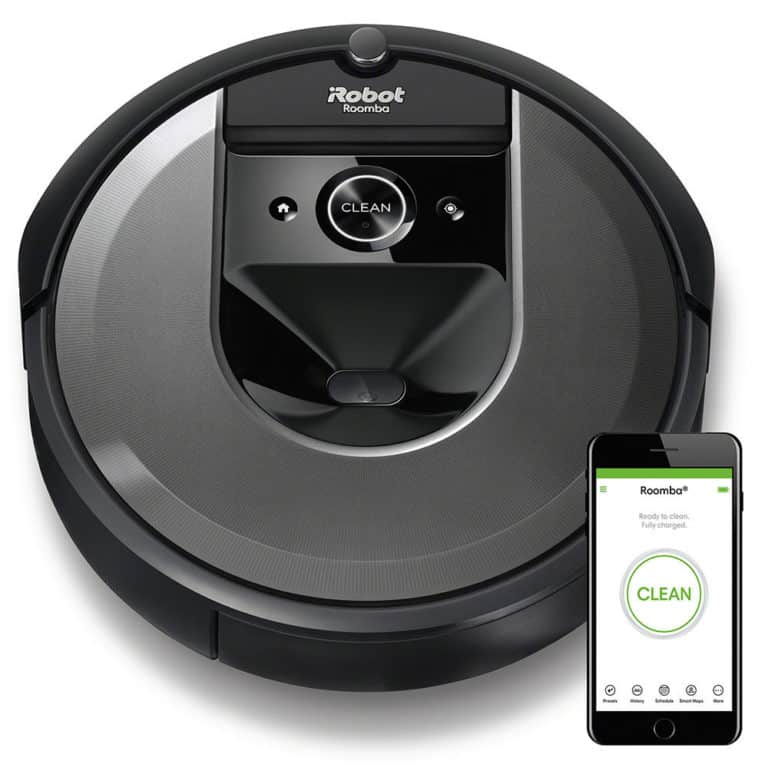
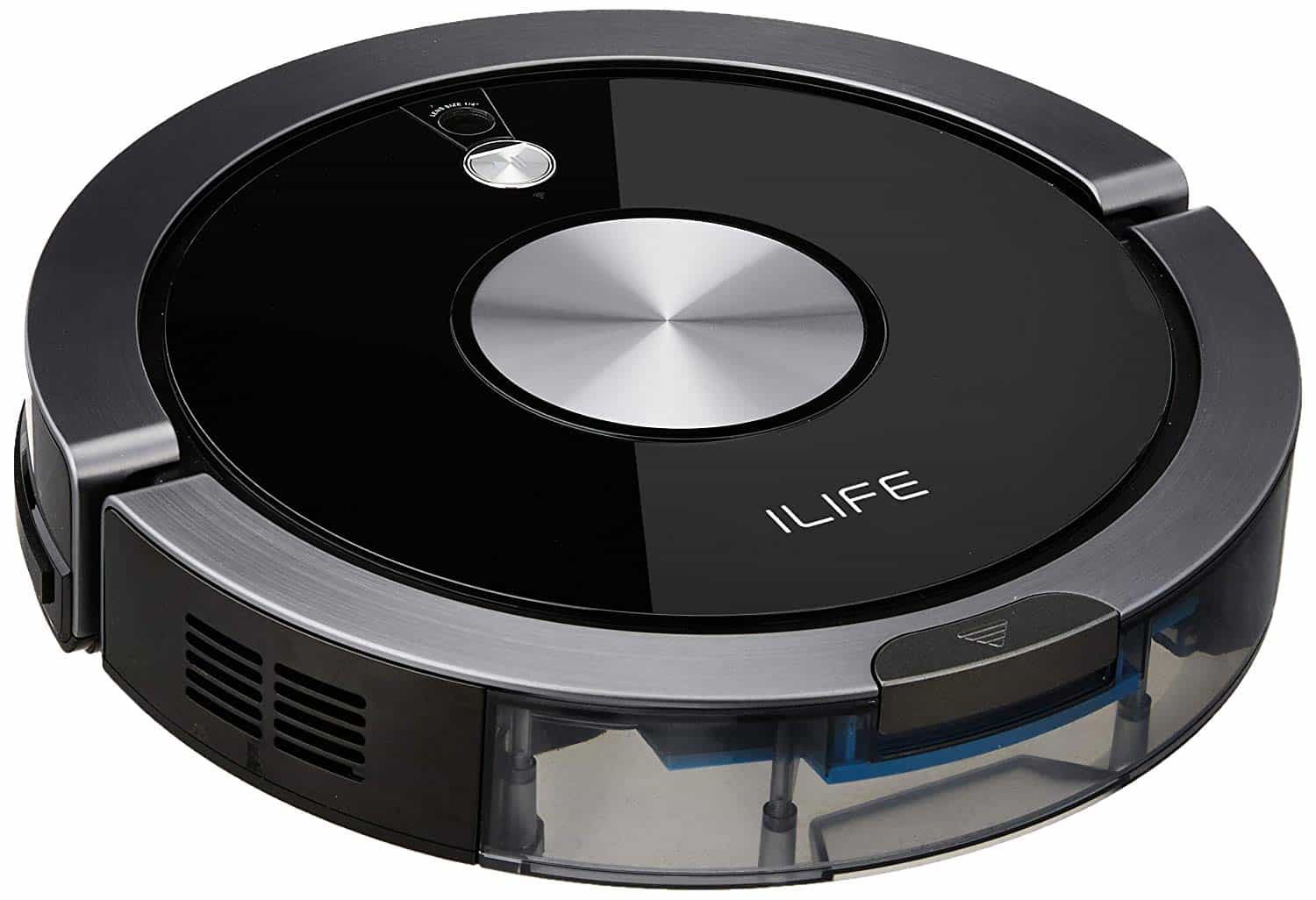
The recent Roomba S9 has offered a new design which is contrary to the tradition Roomba circular look. Instead, iRobot has taken a note from Neato’s book and gone for a D shaped vacuum. This has some really useful benefits which include getting the main brush closes to the corners of the wall, as well allow the brush to be wider. Although not typical of most of Roombas design, this new D shape certainly has benefits to cleaning performance and it is likely that iRobot will deliver more in thist style.
Whilst the design is a noticeable feature, I would argue that both brands have their styling on point. This consideration should also be secondary to the cleaning abilities of each robot vacuum as ultimately they are there to clean and not be seen.
These brands either use a more simplistic navigation technology found in older or more basic models or a more advanced camera mapping technology in their newest and most advanced models. There are multiple versions so things can get a little complex, but in general, both have the same technologies available in their different models.
Camera Mapping technology is used by the most premium Roombas and iLife robots. This technology is the same, it builds up a map of your home that the robot vacuum uses to choose the most efficient navigation routes. A more expensive feature found in the more expensive robot vacuums, such mapping technology speeds up the cleaning of the home significantly. Below is an example of how the Roomba 980 uses the technology to most effectively navigate around furniture.
Roombas navigation technology is labeled as iAdapt with various versions existing. It is iAdapt 2.0 and 3.0 that have this camera navigation technology labeled as Smart Mapping & VSLAM. The Roomba 960 and 980 have iAdapt 2.0, whilst the Roomba i7 and S9 have iAdapt 3.0 & IMPRINT Mapping. The difference between iAdapt 2.0 and iAdapt 3.0 is that the more recent version can distinguish different rooms and clean them in isolation.
The most recent iLife robot vacuums, the iLife A8 and A9s have their mirroring version labeled as Panoview Navigation. There is not much need to go any deeper than this as the technology, ability, and outcome is the same with one exception, which is the superiority of iAdapt 3.0 IMPRINT mapping of individual rooms.
All other iLife and Roombas use a relatively random sensor-driven navigation, which is a little blunter when navigating. In Roombas, this is called iAdapt 1.0, which simply uses infrared to identify objects and move around them accordingly. Cliff Detect is another sensor-driven technology that identifies drop-offs and accordingly prevents the robot vacuum from falling downstairs.
iLifes more basic models have four Standard Navigation Cleaning Modes that navigate slightly differently. These are activated by pressing their button on the body of the iLife model. Auto mode is the default cleaning mode that is equitable to iAdapt 1.0 in Roombas. Additionally, there is an Edge mode for corners, Spot mode for focus on a small area and finally Manual mode, where you can take the wheel.
An essential figure of a modern robot vacuum is Wifi connectivity along with an accompanying app. Such technology has revolutionized the capability and control of such devices as a new layer of data and features have been added. Both iRobot and iLife have an accompanying app for their connected devices. The following robot vacuums from each brand are connectable to Wifi and controllable via the accompanying app: iRobots Home app is more complete and reliable compared to the equivalent iLife app. This makes operating Roombas that bit easier whilst getting some cool features that work with all connectable Roombas: If you go with a Roomba 900 series, i7 or S9, you can get your hands on iAdapt 2.0 or iAdapt 3.0 mapping technology that gives you detailed Map Reports and various statistics about the cleaning are available. The iLIFE Robot App is a poor piece of software with many users having issues and bad review with connecting their robot. In many instances, customers state that barely works and they can’t even connect their robot vacuum. The overwhelming majority of reviews of 1 star, and although it may work in some instances, iRobots equivalent app is without a doubt better. The cleaning ability of your robot vacuum is mostly dictated by the power of your vacuum as well as the configuration of brushes. Roombas have more powerful motors and suction Pa compared to iLifes robot vacuums which lead to better cleaning performances. Roombas have one of these four motors.: iRobot has dished out more and more powerful motors with their newer models. Most typically, the suction power of a robot vacuum is measured using Pa. Whilst some brands of robot vacuum freely give out their figures, iRobot is quite secretive. Whilst we don’t know the exact figures, there are some estimations and we can be very sure these exceed iLifes. The Roomba S9 uses the Superior motor which is estimated to have 2000-2500 Pa. To contrast, the best iLife models have a maximum suction of 1000 Pa. This includes the V8s and A9s. Even the Gen 3 Motor, found in the Roomba i7+ and 980 has a maximum 1700 Pa, far more powerful than the top iLife models. The weakest iRobot motor, the 3-Stage Cleaning system which models like the Roomba 690 have, has a suction of 800 Pa. Although iRobot is secretive about their Pa levels, we can be sure that models such as the Roomba 960 and 890 have more suction power than any iLife model too. The significance of this is that Roombas are better choices for carpets and will have an all-round better performance. iLifes models may be able to match the performance of Roomba models on hard floors in many situations. Some of iLifes models have wet mopping modes built into their systems, such as the V5 Pro or X5. iRobot, on the other hand, has divided its product range into separate robot vacuums and robot floor moppers. The Roombas are the robot vacuums and the moppers are called Braavas. Roombas range in battery life between 60 to 120 minutes, with the more advanced and newer models being capable of the longer duration. On average, iLife ranges from 70 to 150 minutes, with the iLife A4s achieving this upper figure on a good day. Charge time of both iLife and Roombas tend to be around two to three hours although this can vary due. Most robot vacuums have the ability to return to their charging station when a low battery level is detected, but only a few can start cleaning again without being turned on manually. Roombas 960, 980 and i7+ and the iLife A8 will continue cleaning until the job is fully done. This feature makes the battery life of these robot vacuums less important as they can keep on cleaning indefinitely. All new Roombas come with a full bin indicator that lights up red when the bin full and needs emptying. iLifes vacuums do not have this display and instead, they recommend emptying the bin after every clean. Roombas are a premium robot vacuum with high price tags in exchange for the most modern and effective features, . Although older models are cheaper, the most recent wave of Roombas bundles cost typically upwards of $400 with some being more towards $1,000. iLife are budget robot vacuums, priced far below this range, typically around $200 to $300, making them a brand that supports a lower budget. Another great budget brand to consider is from the Xiaomi Mi Robot Vaccum Range. Roombas are the old and well-established robot vacuum company that leads the market. Having been in the game for years, they have been able to release quite the range of products that vary in price, motor power, and features. Any purchaser who is looking for a top-end robot vacuum should go with iRobot as models such as the 960 and 980 have the most rounded and cutting-edge features. Those with carpets should also go with these robot vacuums for extra suction power. iLifes robot vacuums still provide solid cleaning outcomes and a few perks, such as mopping mode. The defining difference and benefit of iLife is the budget which is in reach of far more customers. Thanks for reading this iLife vs Roomba comparison and check out our other articles:3.Smart Home Enabled & App Features
4.Cleaning Performance
5.Mopping
6.Battery type & life
7.Self-recharge & self-resume
8.Full bin indicator
9.Price
Final Word on Roomba vs ilife
